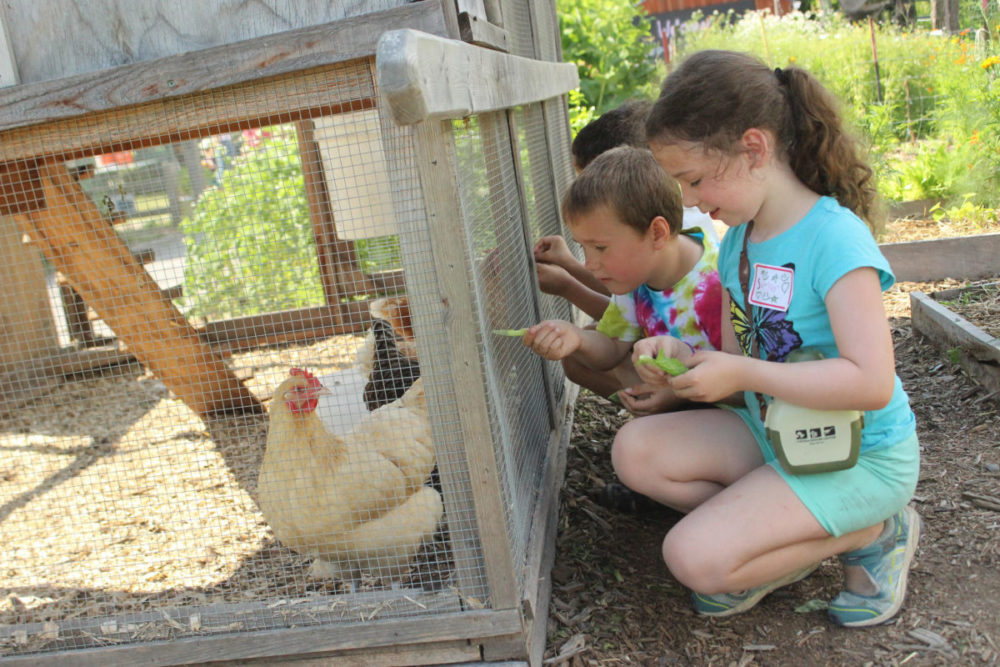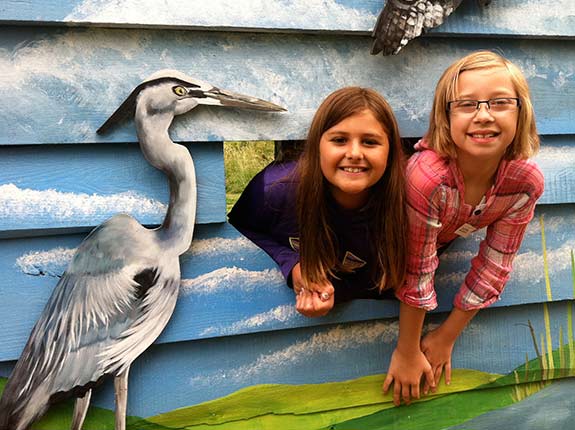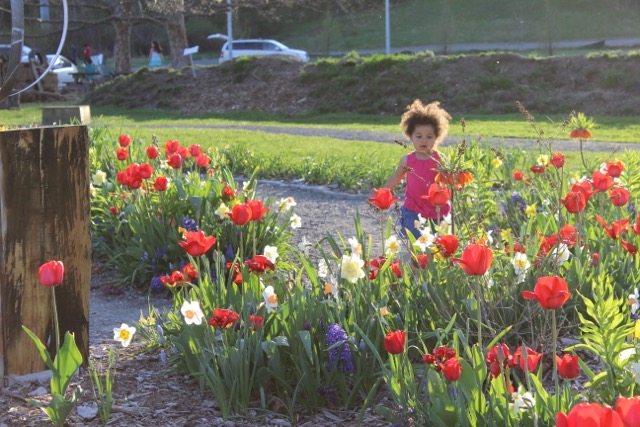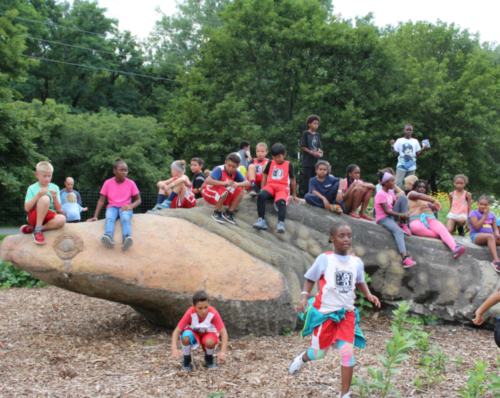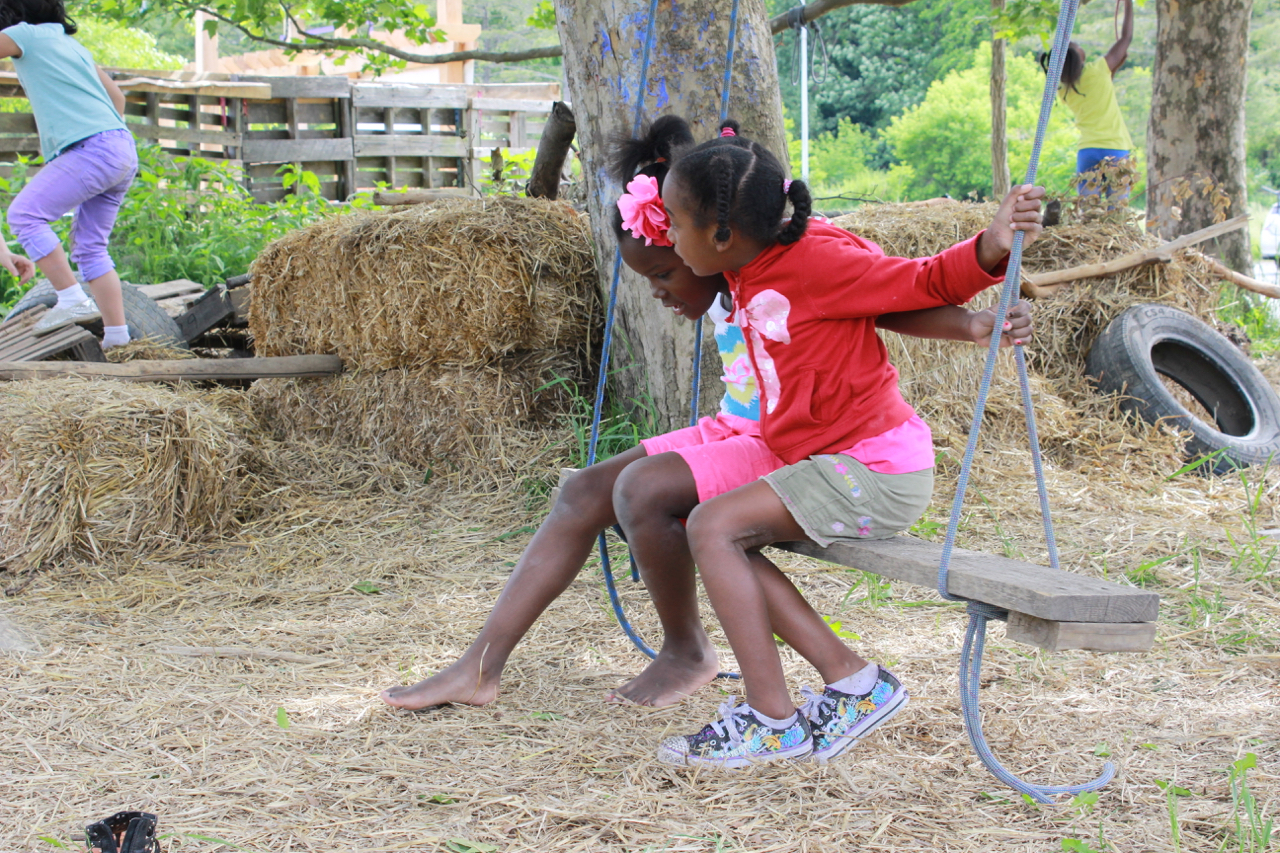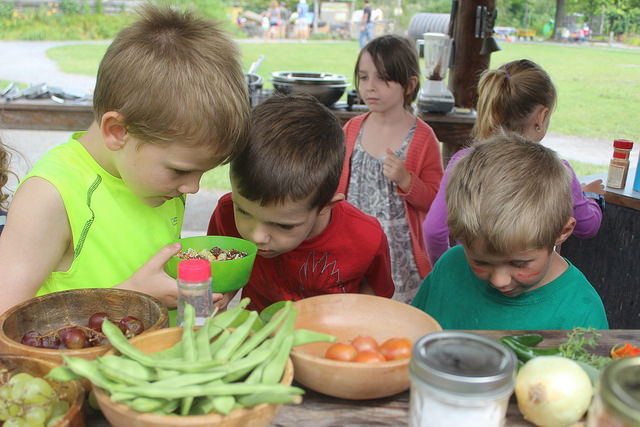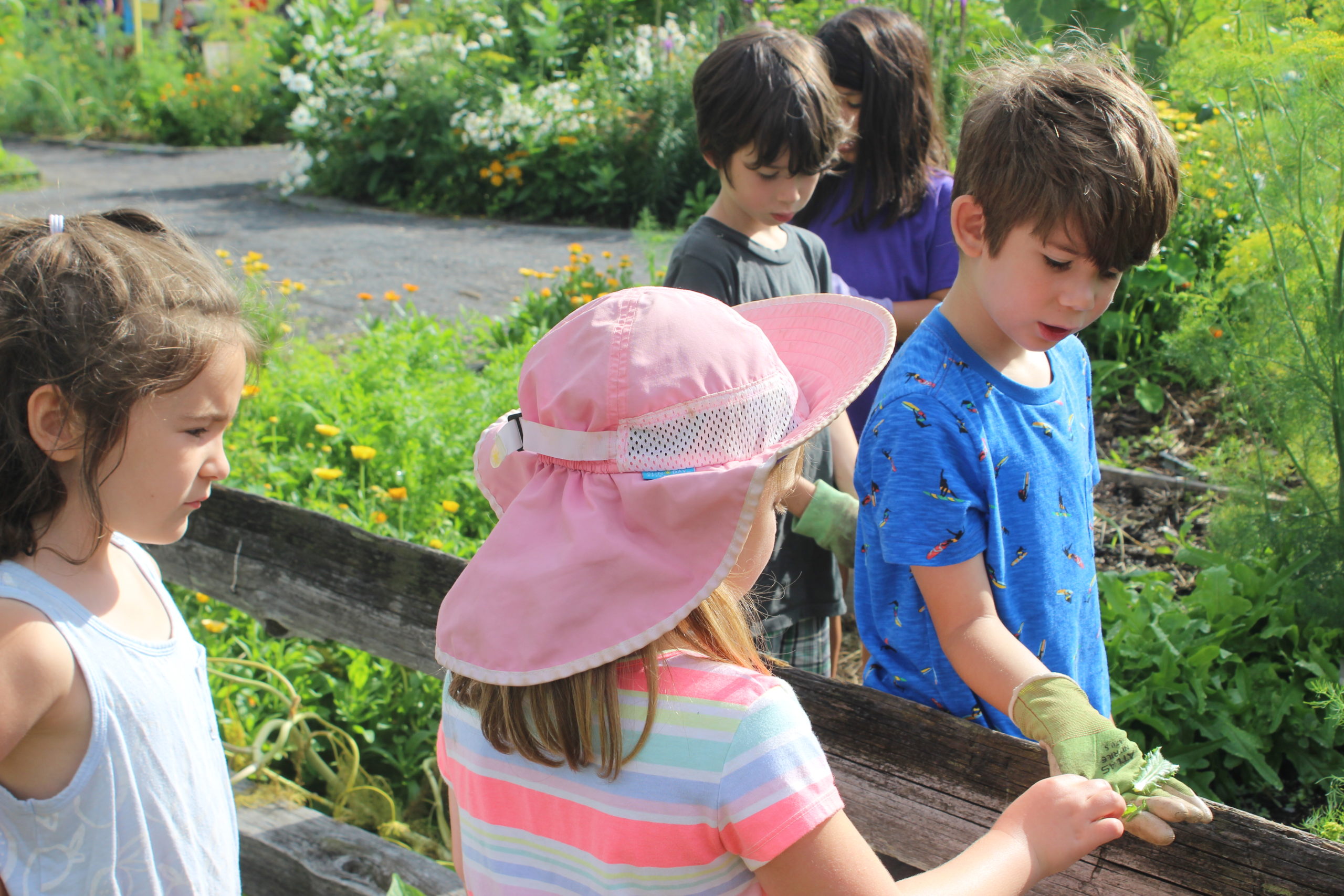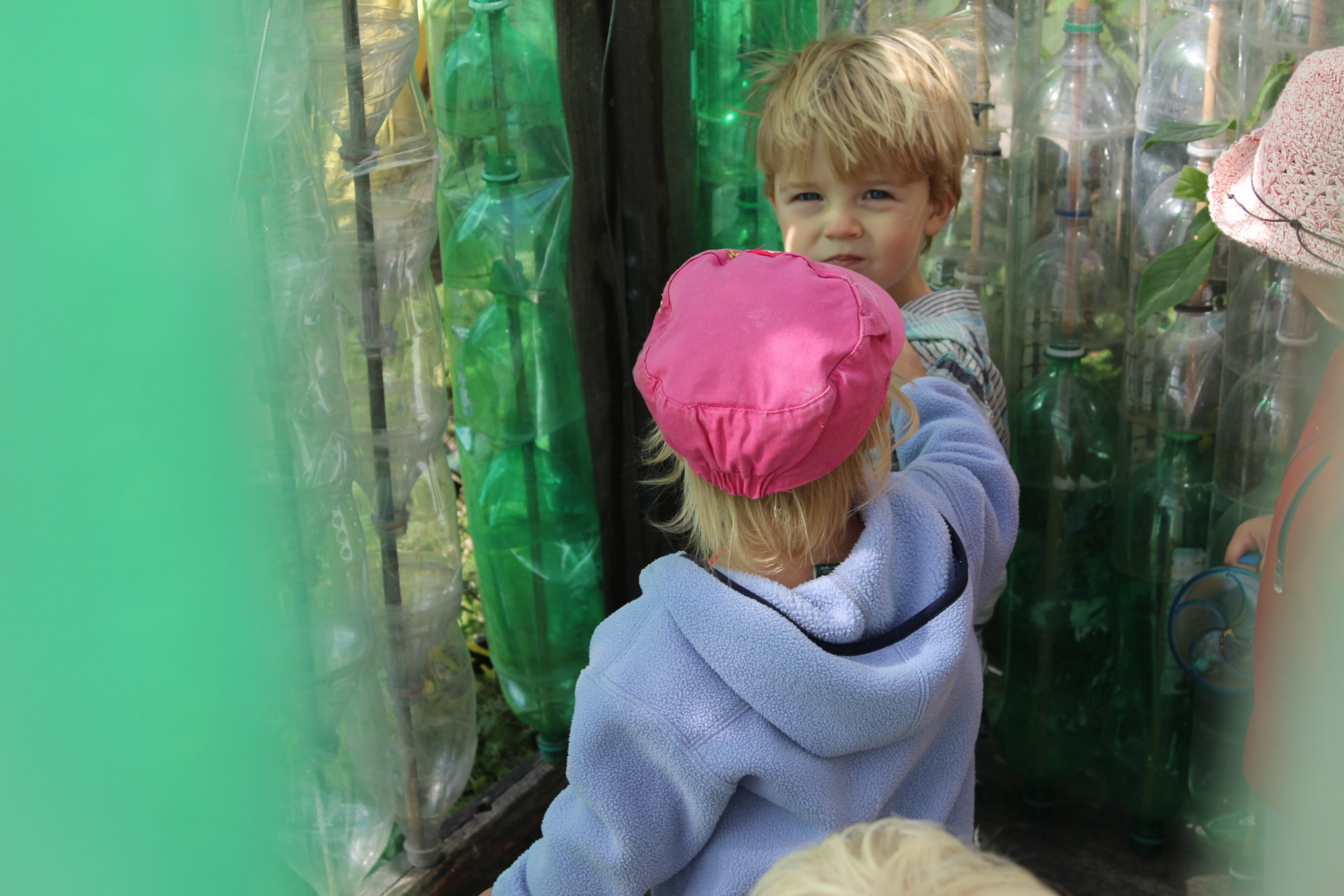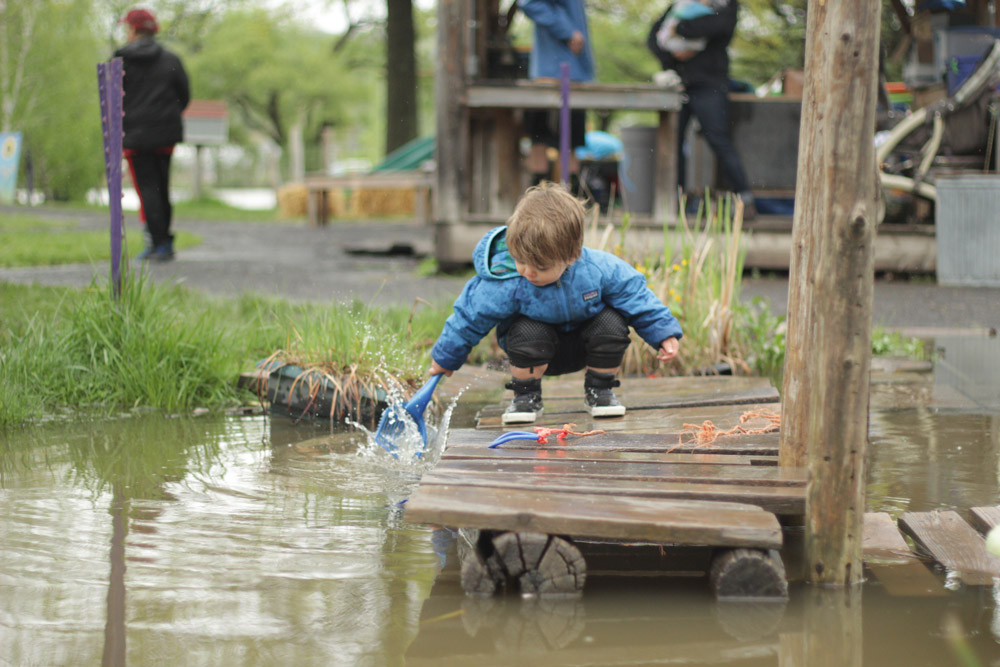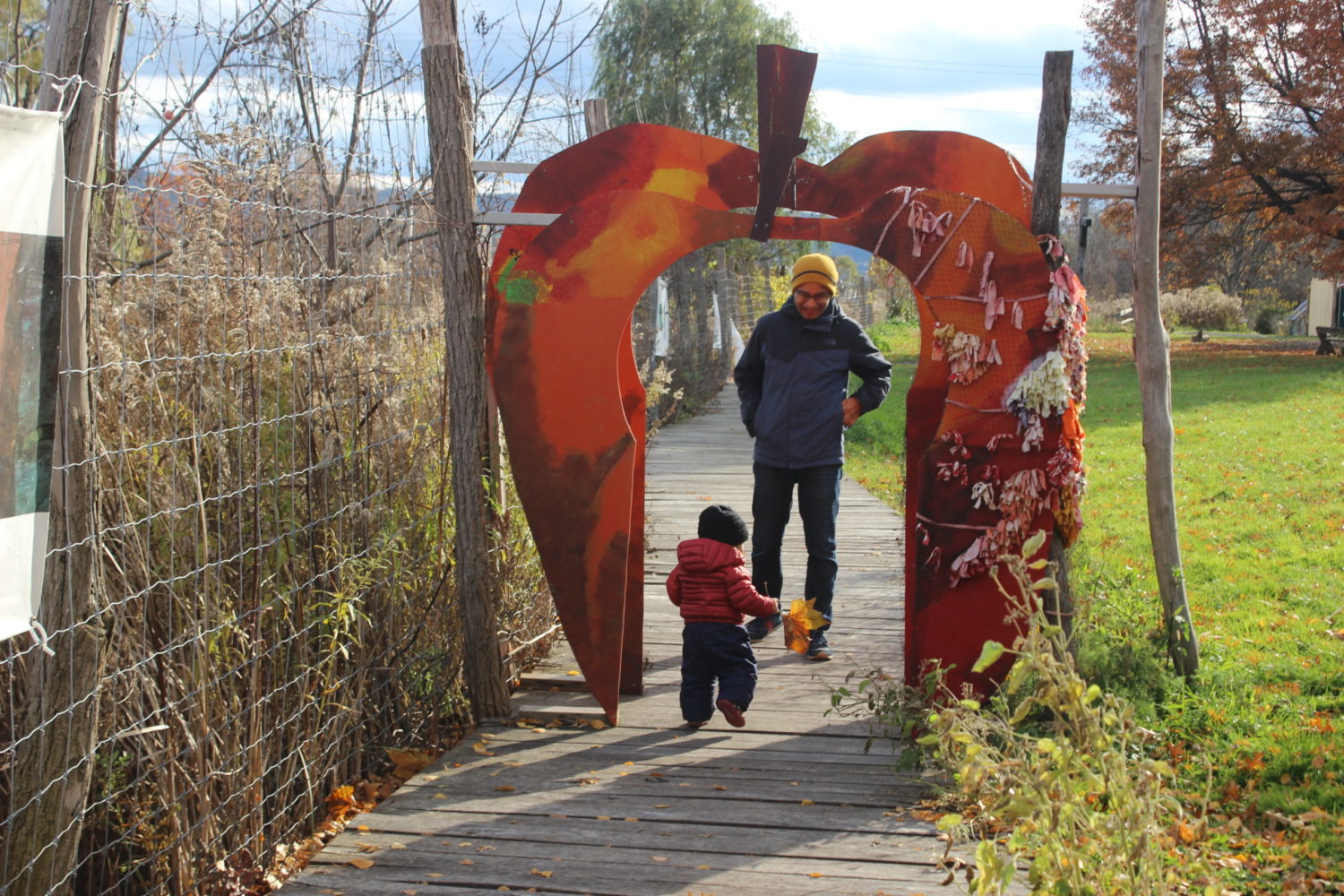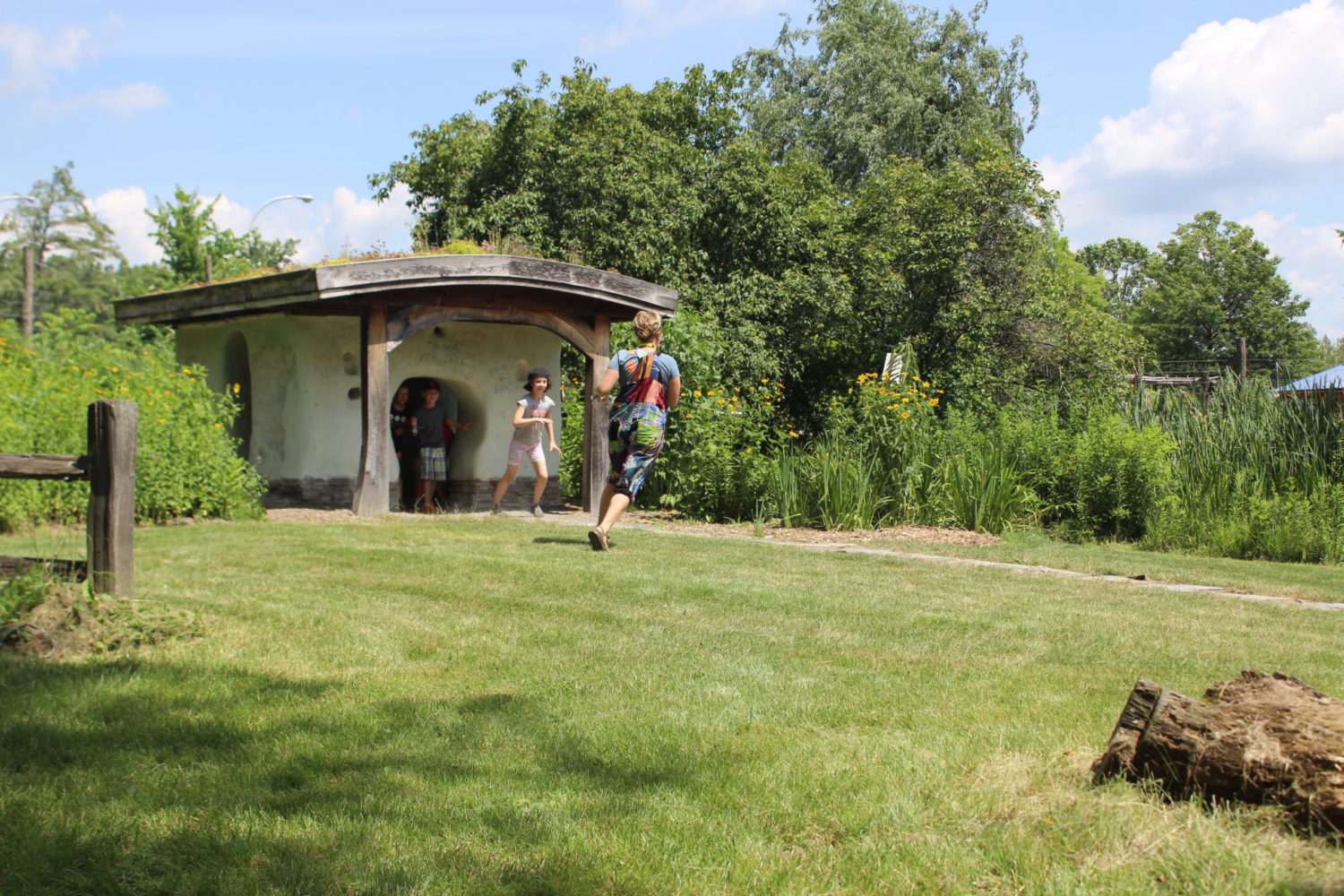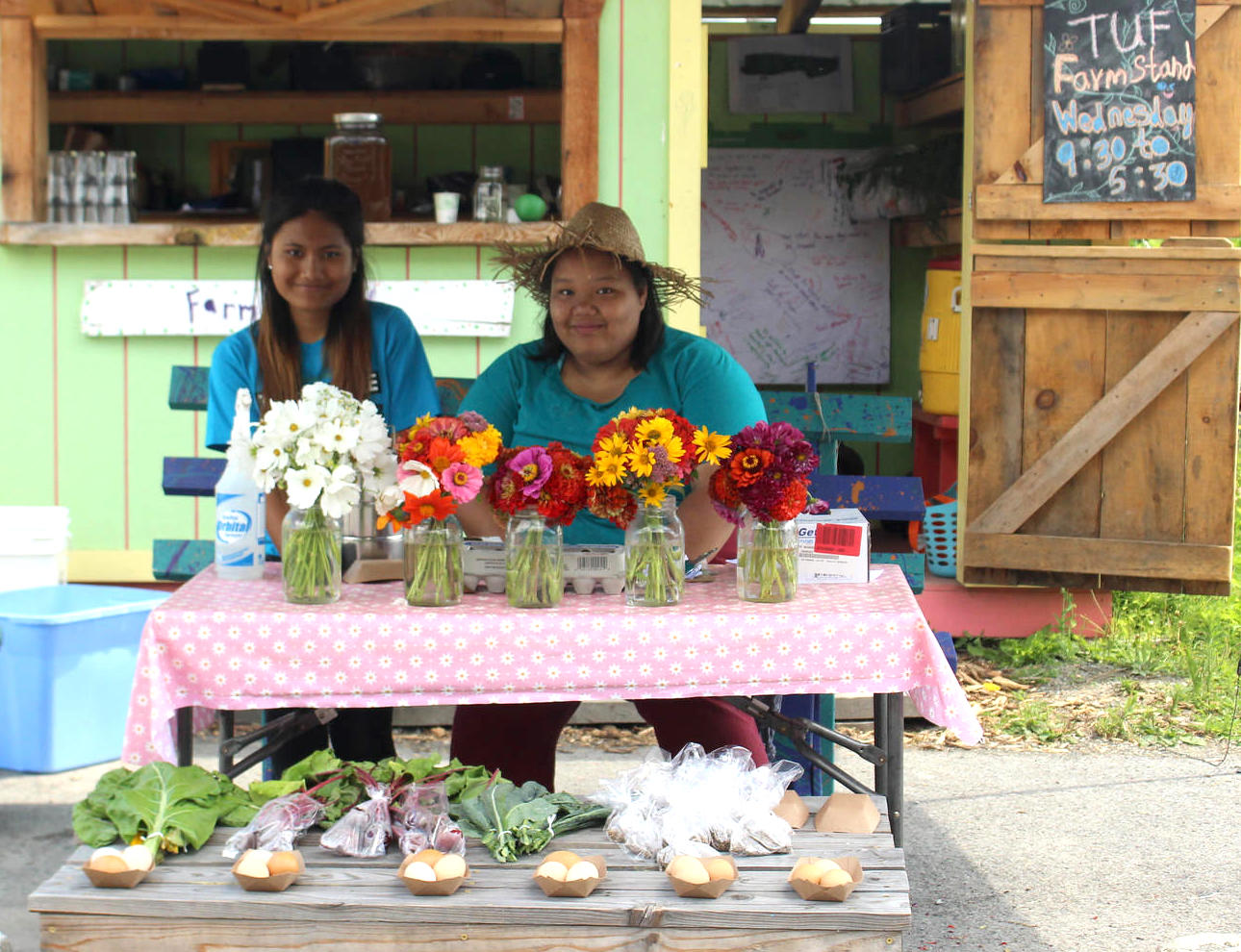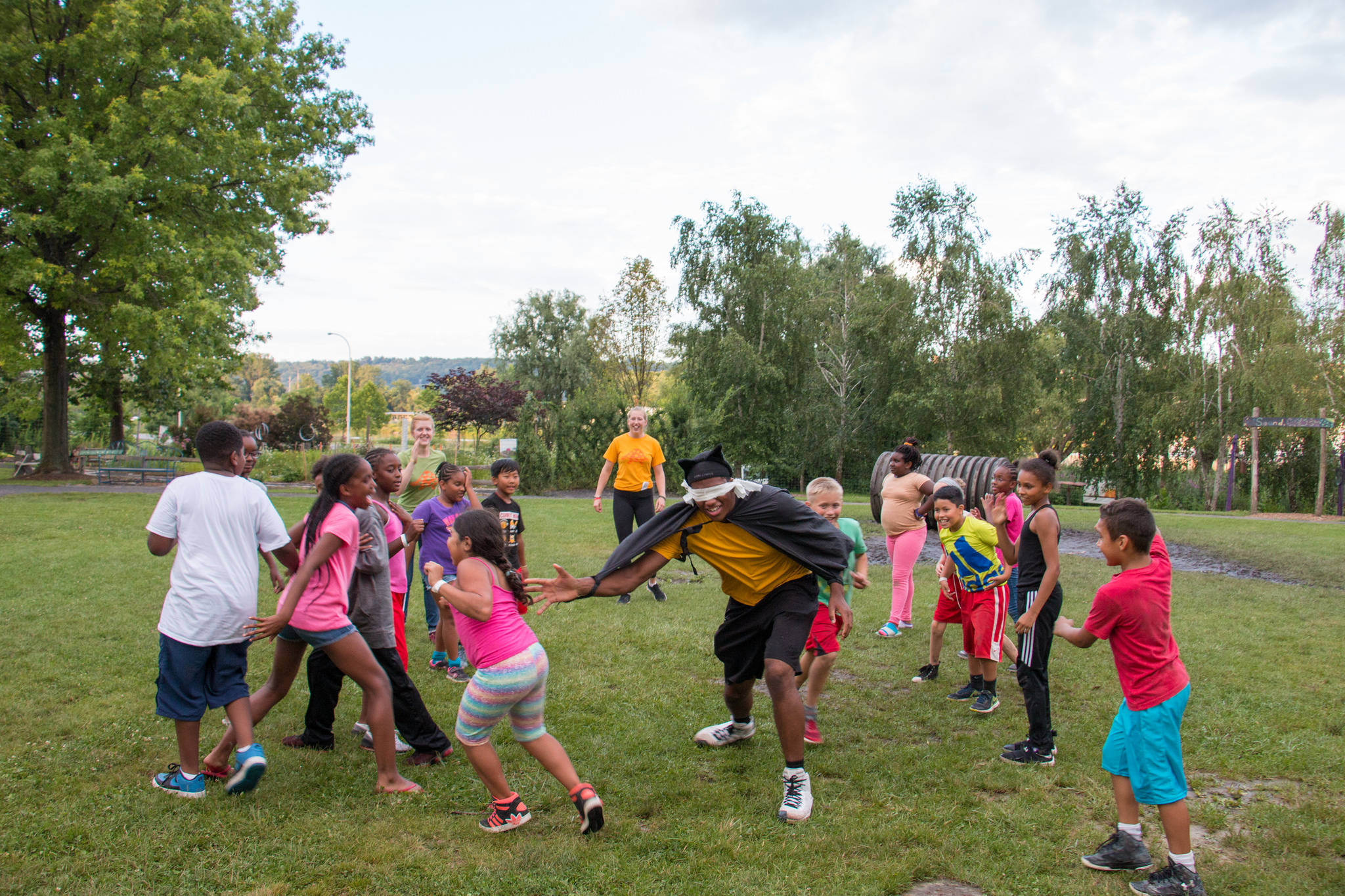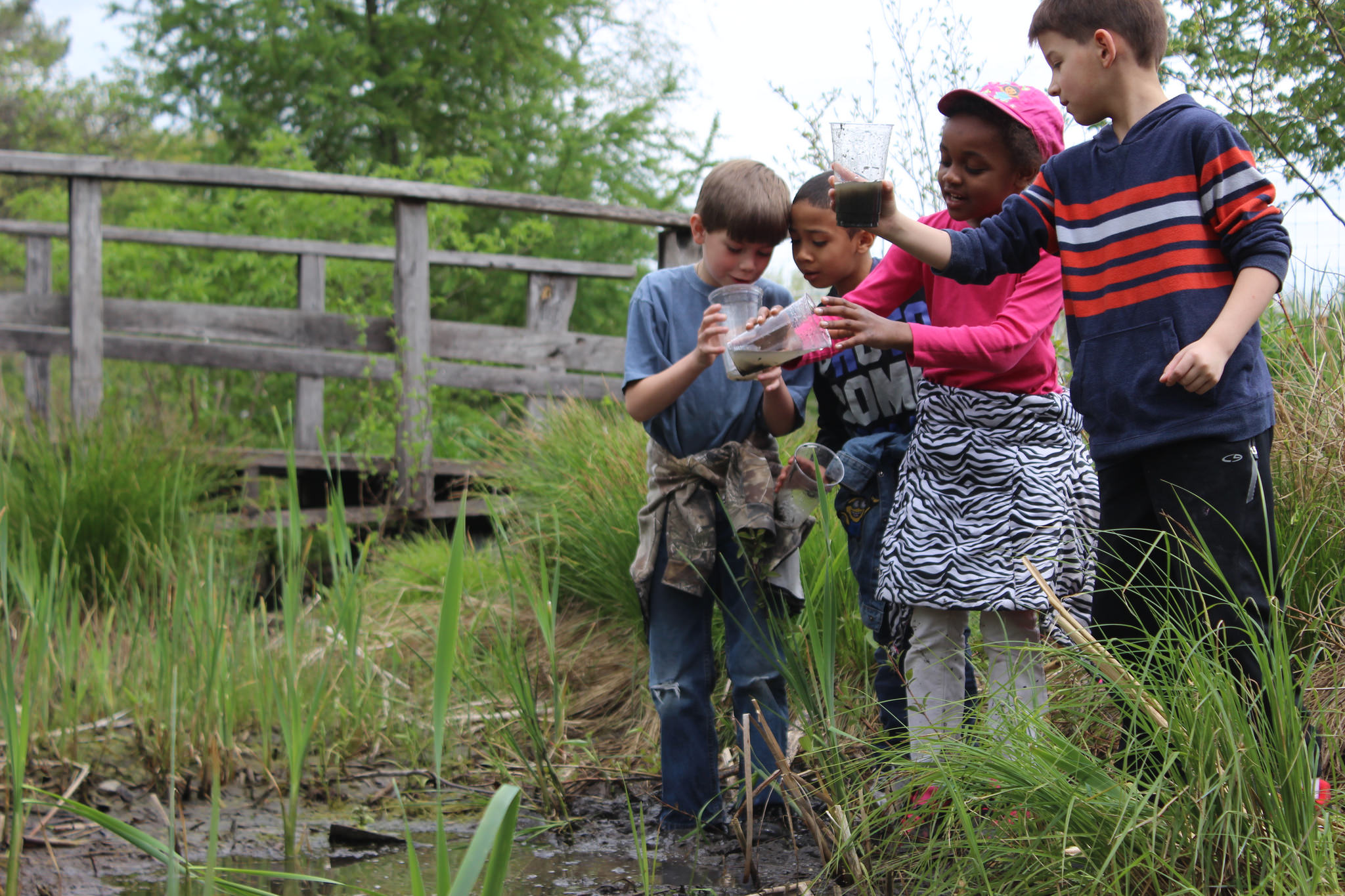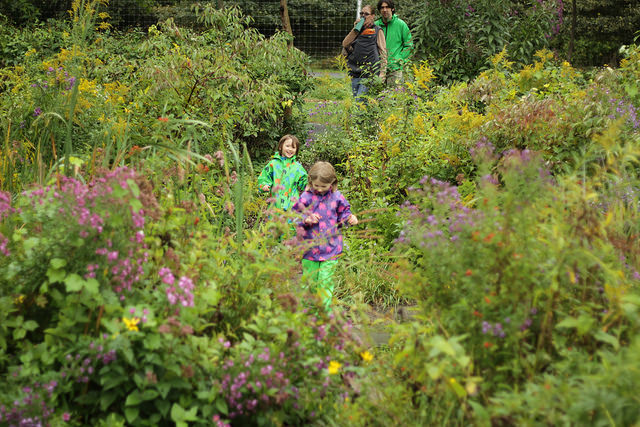Enjoy the magic of fall in Ithaca, NY
Date/Time
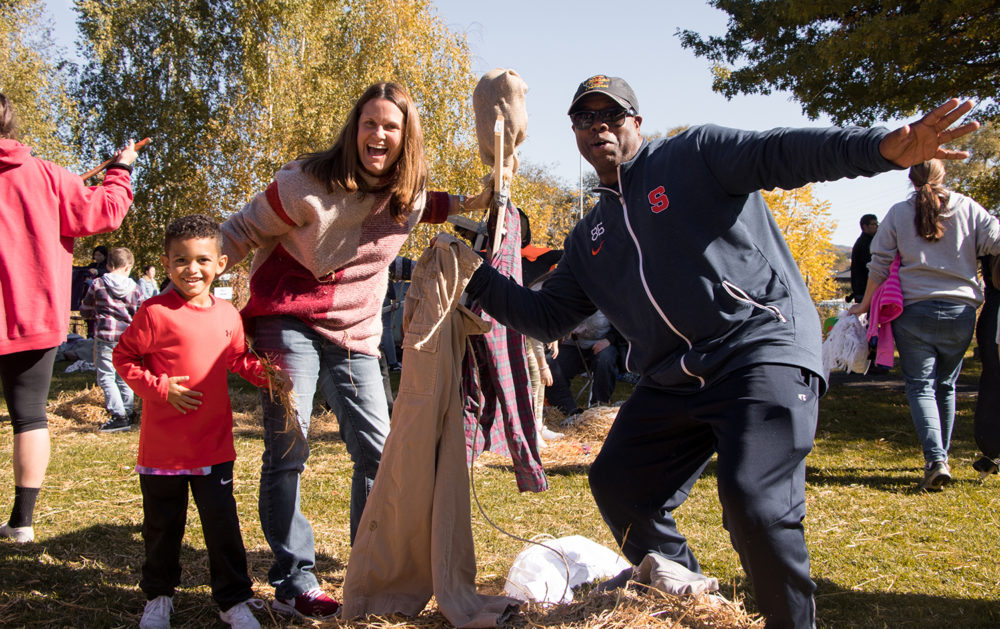
October 18, 2025
Prepare for an afternoon of fall fun at Scarecrow Jubilee, Ithaca Children’s Garden’s annual outdoor autumn festival!
Build your own scarecrow, carve pumpkins, laugh during a puppet show, dance to live music, enjoy activities and games, and make memories that will last for harvests to come. If you’ve been looking for a free, family-friendly community event this coming fall season, make Scarecrow Jubilee your destination.
Scarecrows Today
Farmers still use scarecrows all over the world. In countries like India and some Arab nations, old men sit in chairs and throw stones at the birds who try to eat their crops just like the bird-scarers of long ago. During the growing season scarecrows still, stand in fields around the world and each fall many communities have scarecrow contests like the Zuni children did. As long as birds are hungry farmers will look for ways to SCARE CROWS!
Egyptian Scarecrows
The first scarecrows in recorded history were made along the Nile River to protect wheat fields from flocks of quail. Egyptian farmers put wooden frames in their fields and covered them with nets. The farmers hid in the fields and scared the quail into the nets. Then they took them home and ate them for dinner!
Greek Scarecrows
Twenty-five hundred years ago Greek farmers carved wooden scarecrows to look like Priapus, the son of the god Dionysus and the goddess Aphrodite. Priapus lived with some vineyard keepers and it is said that he was very ugly. The vineyard keepers noticed that when Priapus played in the vineyards the birds stayed away from the grapes and the harvest was the best ever. Other farmers decided to make statues that looked like Priapus to use in their vineyards. They painted the figures purple and put a club in one hand to make the statue look more dangerous and a sickle in the other for a good harvest.
Japanese Scarecrows
Japanese Scarecrows
Japanese farmers also began making scarecrows to protect their rice fields about the same time the Greeks and Romans made their wooden statues. At first, the Japanese farmers hung old rags, meat, or fish bones from bamboo poles in their fields. Then they set the sticks on fire and the smell was so bad that birds and other animals stayed away from the rice. The Japanese farmers called their scarecrows kakashis which means something that smells badly. Soon Japanese farmers also made scarecrows that looked like people. They were dressed in a raincoat made of reeds and a round straw hat that rose to a peak in the middle. Bows and arrows were often added to make them look more threatening. These scarecrows were also called kakashis even if they didn’t stink!
Middle Ages Scarecrows
Japanese Scarecrows
Japanese farmers also began making scarecrows to protect their rice fields about the same time the Greeks and Romans made their wooden statues. At first, the Japanese farmers hung old rags, meat, or fish bones from bamboo poles in their fields. Then they set the sticks on fire and the smell was so bad that birds and other animals stayed away from the rice. The Japanese farmers called their scarecrows kakashis which means something that smells badly. Soon Japanese farmers also made scarecrows that looked like people. They were dressed in a raincoat made of reeds and a round straw hat that rose to a peak in the middle. Bows and arrows were often added to make them look more threatening. These scarecrows were also called kakashis even if they didn’t stink!
The Middle Ages
During the Middle Ages in Europe, farmers made scarecrows which they believed had special powers. In Italy skulls of animals were placed on the tops of tall poles in the fields. Farmers believed the skulls would scare away birds and protect crops from diseases. In Germany, farmers made wooden witches and put them in their fields at the end of winter. They believed that witches would draw the evil spirit of winter into their bodies so spring could come.
Medieval Britain Scarecrows
In Medieval Britain, scarecrows were live boys who were 9 years old or older. Known as bird scarers or bird shooers, they patrolled wheat fields carrying bags of stones. If crows or starlings landed in the fields they would chase them off by waving their arms and throwing the stones.
The Colonies and the United States Scarecrows
When Europeans began to settle in North America in the 1600s they stood guard in their fields to protect the crops they needed for survival. In Plymouth, Massachusetts, all members of Pilgrim families all took turns being bird scarers. They not only had to scare away crows but wolves as well. The wolves were always trying to dig up the fish the Pilgrims buried with their corn seeds to help the seeds grow.
Immigrants who moved to the United States during the 1800s brought with them a variety of ideas for making scarecrows. In Pennsylvania, German farmers built human looking scarecrows called a bootzamon or bogeyman. His body was a wooden cross and his head was a broom or mop top or a cloth bundle stuffed with straw. The bootzamon wore old overalls, a long-sleeved shirt or coat, a worn woolen or straw hat, and a large red handkerchief around his neck. Sometimes a second scarecrow was built to keep the bootzamon company. A bootzafrau or bogeywife, dressed in a long dress or coat and wearing a sunbonnet on her head, was placed on the opposite end of the field. The bootzamon and bootzafrau guarded cornfields, strawberry patches, and cherry orchards.
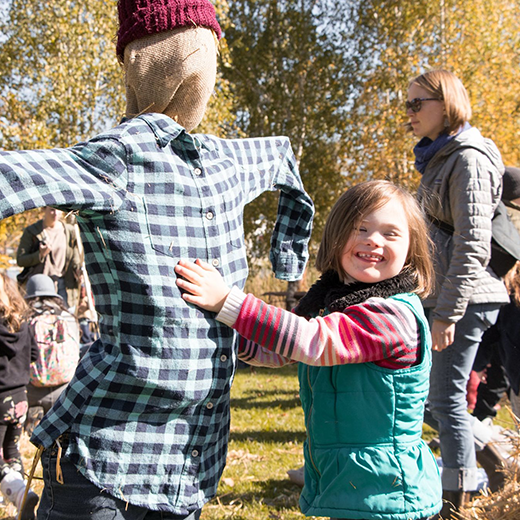
Share in the celebration with us with these activities you can do at home:
Create a Seed Mosaic
How to Build a Scarecrow
2024 Scarecrow Jubilee Sponsors



